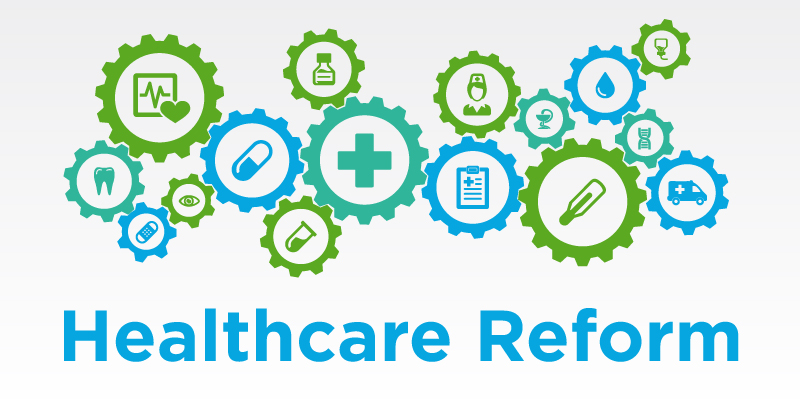The Health Insurance Portability and Accountability Act (HIPAA) sets the standard for protecting sensitive patient data. As healthcare organizations increasingly rely on digital technologies, implementing effective HIPAA compliance strategies is crucial to safeguarding patient information and ensuring legal and ethical practices. In this article, we will explore the key steps and strategies to successfully implement navigating HIPAA compliance in your organization.
Understanding HIPAA Regulations
HIPAA was enacted in 1996 to establish national standards for the protection of certain health information. It comprises three main rules: the Privacy Rule, Security Rule, and Breach Notification Rule. Each rule addresses specific aspects of healthcare data protection, emphasizing the importance of maintaining confidentiality, integrity, and availability of patient information.
Conducting a Comprehensive Risk Assessment
Before implementing any HIPAA compliance strategy, it is essential to conduct a thorough risk assessment. This involves identifying potential risks and vulnerabilities in your organization’s processes, systems, and policies. A risk assessment will help you understand the specific threats to the confidentiality, integrity, and availability of patient information.
Developing and Implementing Policies and Procedures
Once potential risks are identified, it’s crucial to develop and implement policies and procedures that address these risks. These policies should cover areas such as data access, storage, transmission, and disposal. Clear guidelines on how to handle and protect patient information should be established to ensure consistency across the organization.
Staff Training and Awareness
Human error is a significant factor in data breaches. Educating your staff on HIPAA regulations and the importance of safeguarding patient information is vital. Regular training sessions and updates on security best practices will help create a culture of awareness and responsibility among employees. Staff members should be well-versed in recognizing and reporting potential security incidents.
Implementing Access Controls
Controlling access to patient information is a fundamental aspect of HIPAA compliance. Organizations must implement access controls to ensure that only authorized personnel can access sensitive data. This involves using unique user IDs, strong authentication mechanisms, and role-based access control to restrict access based on job responsibilities.
Encrypting Data
Encrypting data is an effective way to protect patient information, especially during transmission and storage. HIPAA requires organizations to implement encryption technologies to safeguard electronic protected health information (ePHI). This ensures that even if unauthorized individuals gain access to the data, it remains unreadable and unusable without the proper decryption keys.
Regular Audits and Monitoring
Continuous monitoring and regular audits are essential for maintaining HIPAA compliance. Implementing automated monitoring tools can help detect and address potential security incidents promptly. Regular audits, both internal and external, should be conducted to assess the effectiveness of security controls and identify areas for improvement.
Secure Communication Channels
Secure communication channels are crucial for protecting the confidentiality of patient information. Implementing secure email systems and encrypted messaging services ensures that sensitive data is transmitted securely between healthcare professionals. This is particularly important when sharing ePHI with external entities, such as insurance providers or collaborating healthcare organizations.
Incident Response and Reporting
Despite robust security measures, incidents can still occur. Establishing a comprehensive incident response plan is essential to minimize the impact of security breaches. The plan should include clear procedures for identifying, reporting, and mitigating security incidents. Prompt reporting of breaches is not only a regulatory requirement but also helps in containing the damage and initiating corrective actions.
Vendor Management and Due Diligence
Many healthcare organizations rely on third-party vendors for various services, such as cloud hosting or software solutions. It’s crucial to conduct thorough due diligence on these vendors to ensure they comply with HIPAA regulations. Implementing vendor management protocols helps in assessing and managing the risks associated with third-party relationships.
Physical Security Measures
While much emphasis is placed on digital security, physical security is equally important in HIPAA compliance. Implementing measures such as access controls, surveillance systems, and secure storage facilities for physical records helps prevent unauthorized access and potential breaches.
Secure Mobile Device Usage
In the era of mobile technology, healthcare professionals often use smartphones and tablets to access patient information. Implementing policies and controls for secure mobile device usage is critical for HIPAA compliance. This may include the use of mobile device management (MDM) solutions, which allow organizations to enforce security measures such as encryption, remote wiping, and strong authentication on mobile devices.
Data Backups and Disaster Recovery Planning
Data loss can occur due to various reasons, including natural disasters, hardware failures, or cyberattacks. Implementing regular data backups and having a comprehensive disaster recovery plan is crucial. This strategy ensures that even in the event of a catastrophic incident, healthcare organizations can quickly recover and restore access to patient information without compromising its integrity or confidentiality.
Also Read: Medical Billing in Houston
Conclusion
Implementing HIPAA compliance strategies is a multifaceted process that requires dedication, resources, and a commitment to protecting patient information. By conducting thorough risk assessments, developing robust policies and procedures, and educating staff on security best practices, healthcare organizations can create a secure environment that complies with HIPAA regulations. Regular monitoring, incident response planning, and ongoing training are essential components of a successful HIPAA compliance program. As technology evolves and new threats emerge, organizations must remain vigilant and adaptable to ensure the continued protection of sensitive health information.


